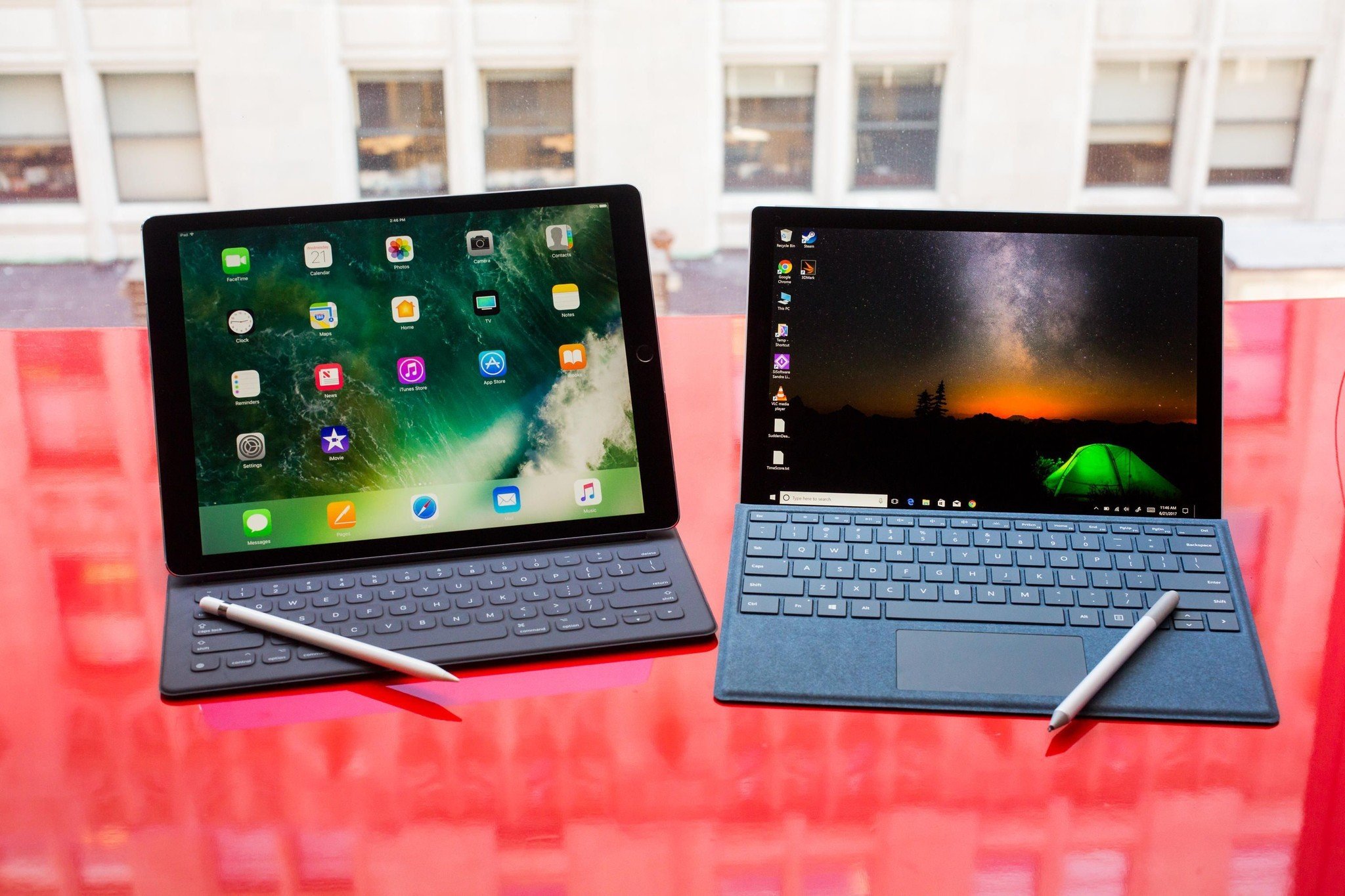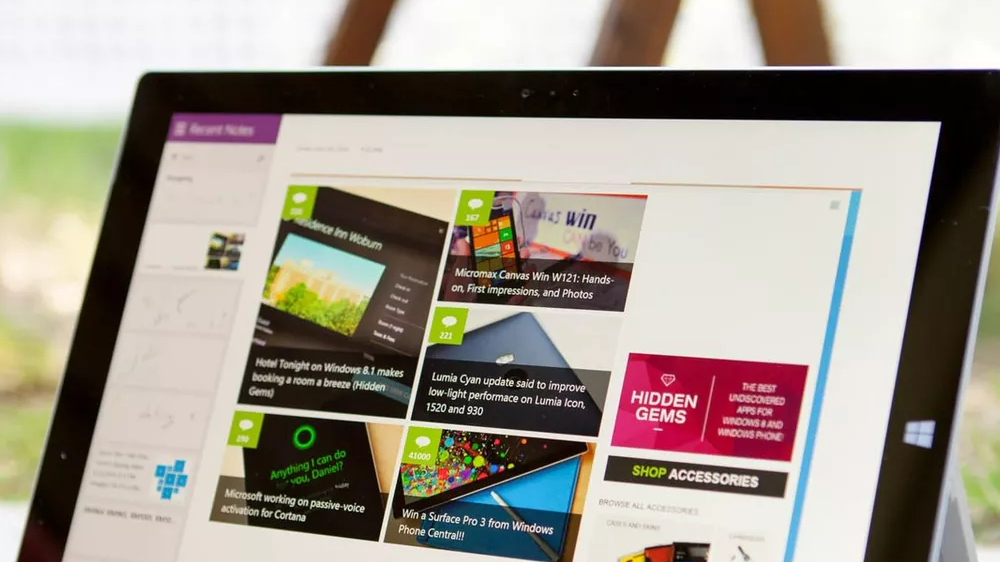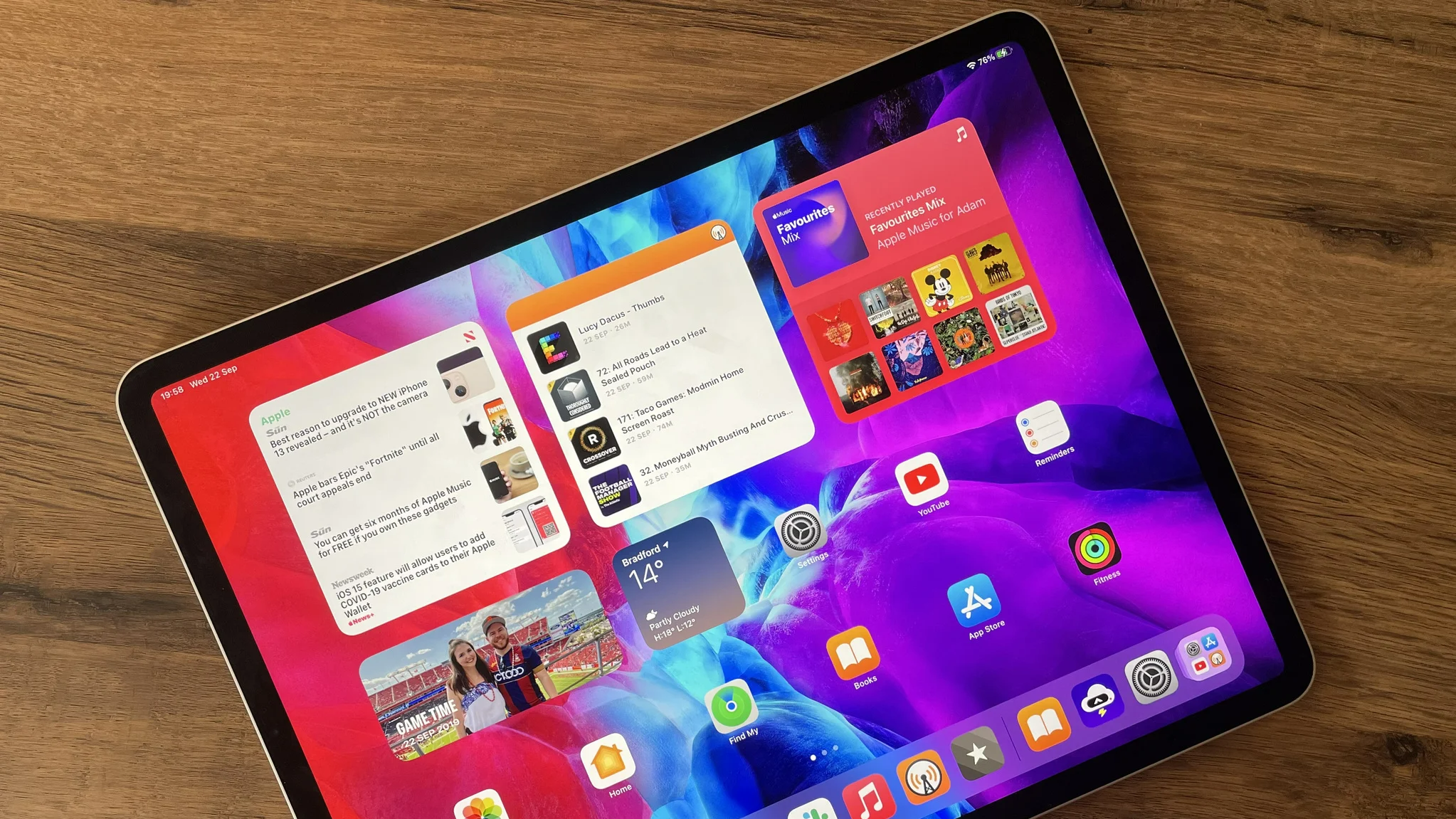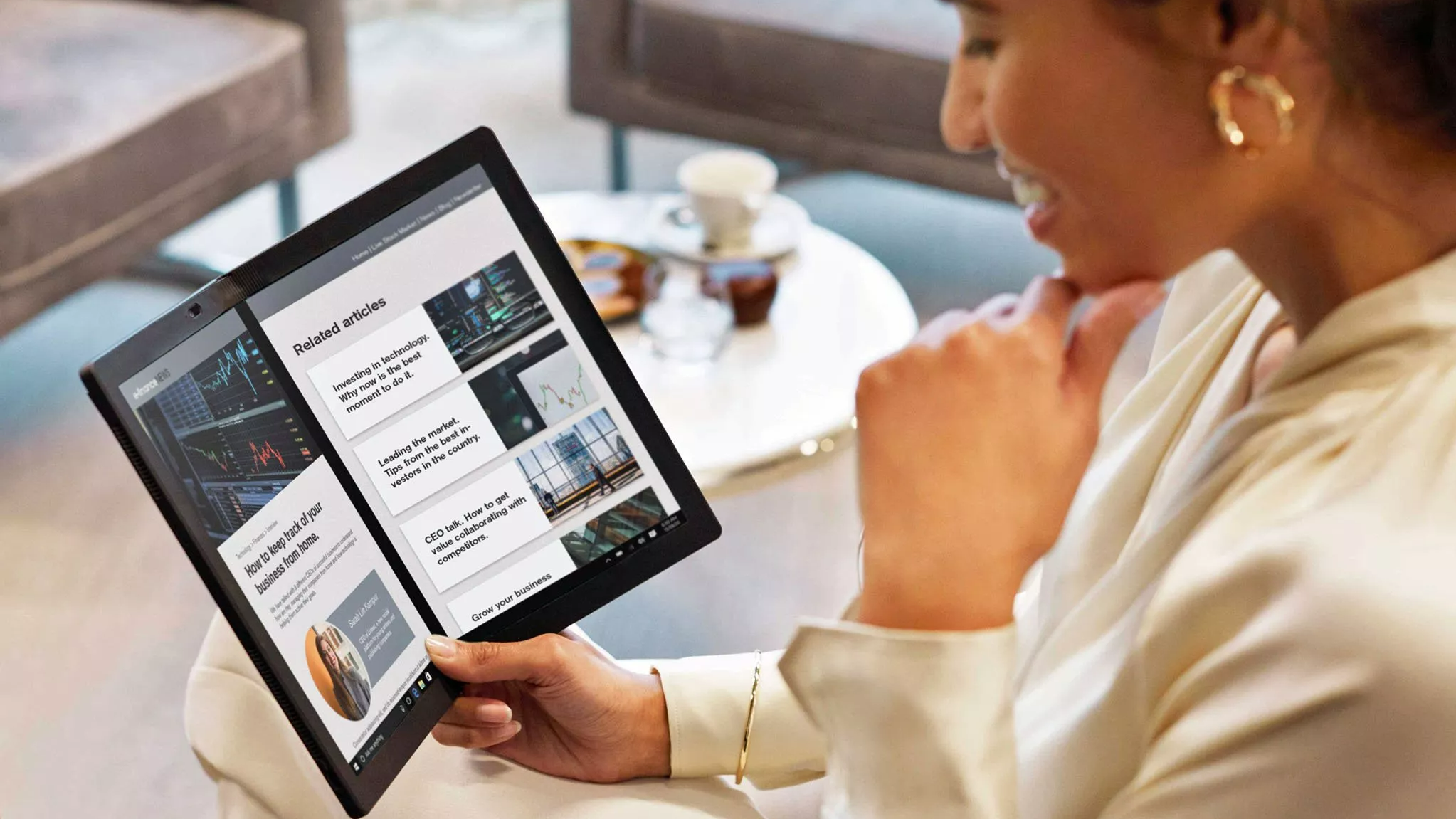How 10 years of Surface inspired a wave of 2-in-1s
Samsung, Apple, and a variety of Windows PC makers have all made Surface clones over the last 10 years.

It's been 10 years since Microsoft launched its first Surface device, the Surface RT. Things have changed quite a bit since then. In the last 10 years, Microsoft released multiple major versions of Windows, expanded its Surface family to include a wide range of devices, and the world went through a pandemic. The entire computing landscape has shifted in that time.
Microsoft's first commercial Surface device didn't exactly land well. The Surface RT was a mismatched experience with severe limitations, and the first Surface Pro was clunky. Luckily, Microsoft righted the ship with the Surface Pro 3, which served as the base design of the lineup for multiple generations. With the refinement of the Surface 2-in-1 form factor, Microsoft made a device that inspired OEMs and competitors to rethink the answer to the now infamous question, "What's a computer?"
An aspirational device

While Microsoft makes several of the best 2-in-1 laptops, the company has always had loftier goals for the Surface line than being solid PCs. From its inception, the Surface family was about creating aspirational devices that would push OEMs to experiment and expand.
Generally speaking, the PC landscape had stagnated before the launch of the Surface lineup. Bulky clamshell laptops were the norm, and the idea of a computer that could flip or fold was relatively foreign. I remember using a Surface Pro 2 at university and people being amazed that I could detach the keyboard from my computer.
With Microsoft's clear commitment to the form factor, PC makers started dipping their toes in the water of convertibles. Most major manufacturers have made at least some 2-in-1s to try to take a bite out of the market. It took time for companies, and consumers, to figure out the preferred general shape and size of 2-in-1s, but things have mostly leveled out.
Moving beyond the form factor shift that the Surface Pro lineup inspired, Microsoft's convertible lineup also pushed the PC market into mobile connectivity. While not the only, or first, devices to feature 4G LTE or 5G connectivity, Surface devices helped pioneer mobile productivity and always-connected devices.
Now, many of the best Windows laptops and best Windows tablets look like a Surface Pro. Even some of those that don't are still influenced by Microsoft's convertible. Consumers have a massive range of PCs from which to choose that can flip, fold, or detach. That was unthinkable before the Surface lineup came along.
Get the Windows Central Newsletter
All the latest news, reviews, and guides for Windows and Xbox diehards.
It's not just Windows

Of course, it's not just Windows PCs that emulate the Surface 2-in-1 line of devices. Apple's iPad and many of the best Android tablets feature detachable keyboards, much like Microsoft's Surface Pro family.
Samsung likely went the furthest when it comes to emulating a Surface with devices like the Galaxy Tab S8+. With Samsung's DeX, several of the company's tablets provide a Windows-like experience when docked and a tablet interface when on their own.
Over the years, Apple's iPad has shifted more toward competing with the Surface than merely being a standalone tablet. It took a while, but as of this year, iPadOS will support a mouse, resizable floating windows, and extending to an external monitor. Those features, and others, pushed me to commit to getting an iPad as my next productivity machine.
While memes and jokes have gone back and forth between iPadOS, Android, and Windows fans, it's clear that all three operating systems are going off the template of the Surface lineup of 2-in-1s.
What's next?

The mobile PC landscape has shifted dramatically over the last decade. While traditional clamshell laptops are still ubiquitous, PCs that can fold, flip, and detach from their keyboards are now commonplace. That's due, at least in part, to Microsoft's efforts with the Surface Pro lineup over the last 10 years.
Apple, Samsung, Dell, HP, Lenovo, and plenty of others have devices that are, at minimum, heavily inspired by the Surface Pro. Many of the best Windows tablets are basically Surface Pro clones.
But what does the future hold for PCs? Microsoft has more Surface devices than ever, and we don't expect that to slow down.
Could Microsoft introduce a device with a folding display? Will it double down on mobility and ARM? Could we see a new category of devices introduced yet again? There's a good chance that we'll see several of these things occur over the next 10 years.

Sean Endicott is a tech journalist at Windows Central, specializing in Windows, Microsoft software, AI, and PCs. He's covered major launches, from Windows 10 and 11 to the rise of AI tools like ChatGPT. Sean's journey began with the Lumia 740, leading to strong ties with app developers. Outside writing, he coaches American football, utilizing Microsoft services to manage his team. He studied broadcast journalism at Nottingham Trent University and is active on X @SeanEndicott_ and Threads @sean_endicott_.
